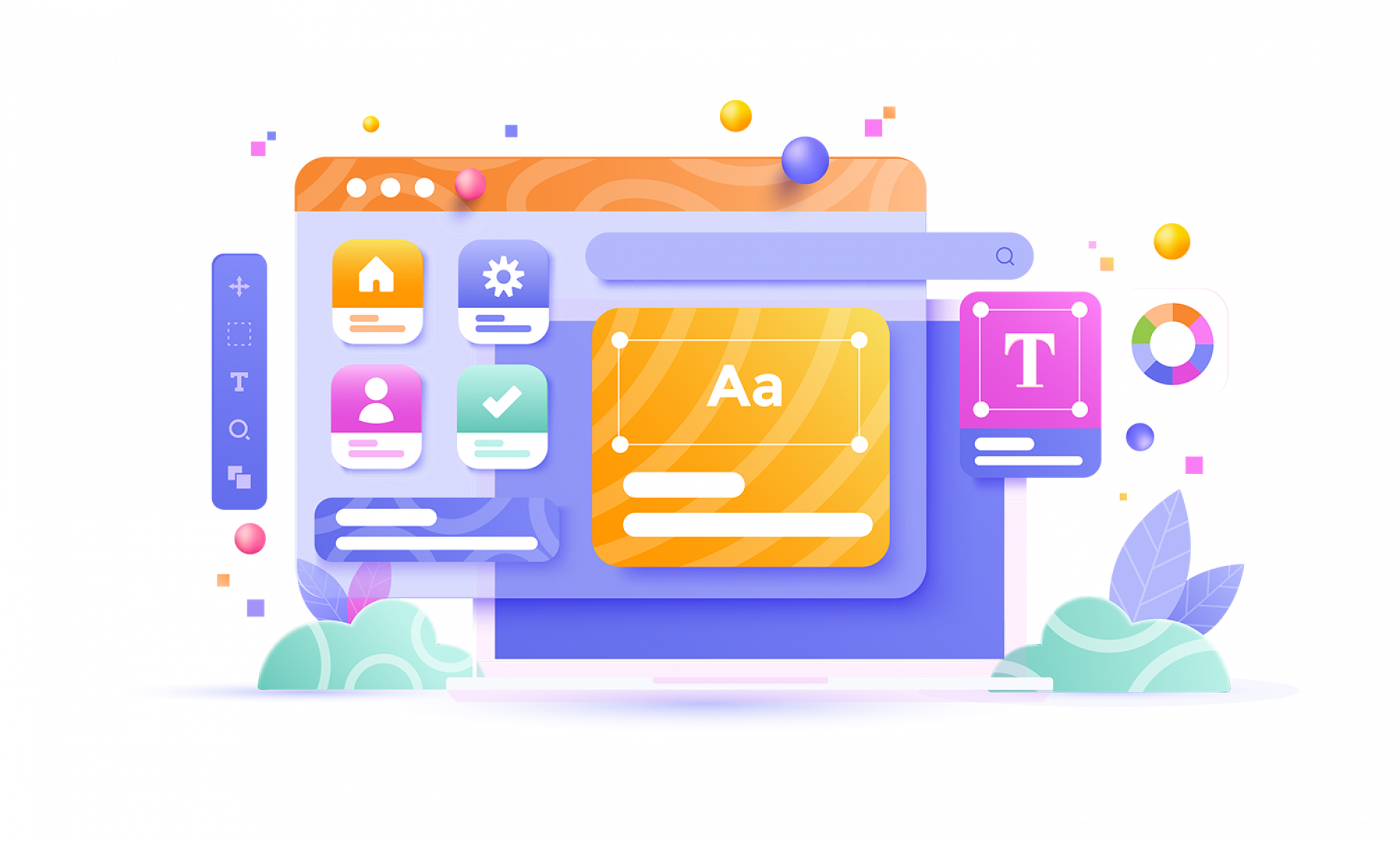
Top UX Design Tips to Enhance Your Website

Setting the Stage for Success
It comes as no surprise to most that your website is often the first impression potential customers have of your business. Ensuring an excellent user experience (UX) can make the difference between a bounce and a conversion. Why is UX so crucial? It’s simple: a well-designed website keeps visitors engaged, makes navigation effortless, and ultimately drives your business goals. A "bounce" refers to a user leaving your website after viewing only one page, indicating they didn't find what they were looking for or the experience wasn't engaging enough.
Know Your Audience Inside Out
To design a website that resonates with your visitors, you must first understand who they are and what they need. Start with thorough research. Use surveys, interviews, and analytics to gather data about your target audience.
Once you have a clear picture, create detailed user personas. These fictional characters represent your ideal customers and help you tailor your design to their preferences and behaviours. Remember, the more you know about your audience, the better you can serve them.
Keep It Simple and Intuitive
When it comes to UX, simplicity is key. A cluttered website can overwhelm users and make it difficult for them to find what they're looking for. Embrace minimalism. Focus on clean, straightforward designs that guide users naturally through your site.
Design for easy navigation. Use clear, concise labels for menus and ensure that important information is easily accessible. A well-organised layout helps users find what they need without frustration, improving their overall experience.
Make It Mobile-Friendly
With more people accessing websites from mobile devices than ever before, a mobile-friendly design is crucial. As of 2024, mobile devices account for over 58% of global website traffic, while desktops account for about 42%. Why is mobile UX so important? It ensures that your site is accessible and functional on smaller screens, providing a seamless experience for users on the go.
Responsive design tips:
- Use flexible grids and layouts.
- Ensure text is readable without zooming.
- Make buttons and links easily tappable.
- Test your site on various devices to ensure compatibility.
Speed It Up
Website speed is a critical component of UX. Slow-loading pages can frustrate users and lead to higher bounce rates. According to recent studies, a one-second delay in page load time can result in a 7% reduction in conversions, while a three-second delay can lead to a 40% drop-off. Why does website speed matter? Fast load times keep users engaged and improve your chances of conversion.
Optimisation techniques:
- Compress images and files.
- Use a content delivery network (CDN).
- Minimize HTTP requests.
- Enable browser caching.
Craft Engaging Content
Content is king when it comes to UX. Your website's content should be engaging, informative, and well-organised. Balance visual and textual elements. Use images, videos, and infographics to complement your text and make information more digestible.
Use multimedia effectively. Ensure that all multimedia elements are optimised for fast loading and accessibility. Engaging content keeps users on your site longer and encourages them to explore further.
Prioritise Accessibility
Accessibility is a crucial aspect of UX design. Your website should be usable by everyone, including people with disabilities. Follow inclusive design principles to create a site that is accessible to all users.
Tools and resources:
- Use alt text for images.
- Ensure sufficient colour contrast.
- Make navigation keyboard-friendly.
- Provide transcripts for audio and video content.
Test and Iterate
The best websites are constantly evolving based on user feedback and testing. The role of user testing is to identify areas for improvement and ensure your site meets users' needs.
Continuous improvement strategies:
- Conduct regular usability testing.
- Gather feedback through surveys and analytics.
- Implement changes based on insights and test again.
How Limecube's AI Makes UX Easier
While following these UX design tips can greatly enhance your website, tools like Limecube’s AI can further simplify the process. AI-driven design benefits include automated layout suggestions, optimised content placement, and continuous performance analysis.
Practical examples: Limecube’s AI can suggest the best positions for call-to-action buttons, adjust layout elements for better readability, and provide insights on user behaviour to help you make data-driven improvements.
Wrapping It All Up
Enhancing your website’s UX doesn’t have to be daunting. By understanding your audience, keeping designs simple, prioritising mobile usability, speeding up your site, crafting engaging content, ensuring accessibility, and continually testing and iterating, you can create a website that not only meets but exceeds user expectations.
Explore more tips and tools on the Limecube blog to continue improving your website's UX. Remember, a great user experience can lead to increased engagement, higher conversion rates, and ultimately, business success.
References:
Build your site in 60 seconds with AI
Limecube's AI Website Builder can get you up and running fast!
Tell us about your website, choose a colour palette and BOOM! It's done!
Is Your Business AI Ready? Simple Steps You Can Take Today
Posted on: 25 June, 2025
The AI Revolution: Is It Really Right for Your Small Business?
Artificial intelligence has become th.....
Read more
V10.7.2 - Released
Posted on: 28 October, 2025
Discover Limecube's latest release
Below is a list of release notes covering what is new and improve.....
Read more
SUBSCRIBE TO OUR NEWSLETTER
Subscribe to receive updates on new features, themes, tips and tricks to make your website better.
We promise not to spam you! :)
View our privacy policy here.


